.
29.05.2016

Isro to launch 22 satellites on one PSLV in June
The primary payload will be an earth observation satellite of India weighing about 710 kg
New Delhi: Indian Space Research Organisation (ISRO) is planning to launch 22 satellites on one rocket in June, its biggest launch till date.
According to Press Trust of India, Isro chairman A.S. Kiran Kumar in Bangalore said that the launch is planned for June end. The national space agency plans to launch the 22 satellites onboard its workhorse rocket Polar Satellite Launch Vehicle, PSLV-C34.
The primary payload will be an an earth observation satellite of India weighing about 710 kg. There will also be two nano satellites developed by Indian students called Swayam and Satyabamasat. The nanosatellites were developed by students from College of Engineering, Pune and Sathyabama University, Chennai, respectively. While Swayam satellite has a payload mass of 1 kg, Satyabamasat has a payload mass of 1.5 kg.
The other 19 satellites are from four foreign countries including two from Canada weighing 115 kg, three from Germany weighing 155 kg, one from Indonesia weighing 120 kg, and 13 from USA weighing 195 kg.
Quelle:livemint
.
Isro to launch 22 satellites in one mission next month
BENGALURU: The Indian Space Research Organisation (ISRO) on Saturday said that it will launch a record 22 satellites in a single mission next month.
“After the current reusable launch vehicle, the next experiment that we have to do, we have to worry about that. Other than that, next month we have a launch where we will be launching about 22 satellites. Also, one of a cartographic series satellite will be launched,” Isro chairman Kiran Kumar said.
Speaking on the sidelines of an event organised by the Federation of Karnataka Chambers of Commerce and Industry (FKCCI), Kumar said that of the 22 satellites, three are Indian and the rest are commercial. “The launch is scheduled during the end of next month,” he said.
Earlier, Vikram Sarabhai Space Centre director K Sivan had said that Isro’s workhorse, the Polar rocket PSLV C34, will be used for the launch, which will have satellites from US, Canada, Indonesia and Germany as co-passengers.
The space agency had earlier sent 10 satellites into orbit in a single mission in 2008.
Kumar said that “immediately after that (launch), we have a scatterometer that is going to get launched, then INSAT 3DR we call — it is to provide vertical temperature and humidity profile from geostationary satellite”.
Taking a step in the development of reusable rocket that will drastically cut down the cost of access to space, Isro on Monday had successfully flight-tested an indigenous winged Reusable Launch Vehicle, dubbed “swadeshi” space shuttle, from Sriharikota spaceport in Andhra Pradesh.
The first in a series of experimental flights for Reusable Launch Vehicle-technology development is the hypersonic flight experiment (HEX) followed by the landing experiment ( LEX), return flight experiment (REX) and scramjet propulsion experiment (SPEX).
Quelle: hindustantimes
-
Update: 16.06.2016
.
ISRO gearing up for a record feat
To place 20 satellites into orbit simultaneously
In what is being described as a record, the Indian Space Research Organisation (ISRO) scientists are preparing to place 20 satellites simultaneously into the orbit through Polar Satellite Launch Vehicle (PSLV) C-34.
PSVL will carry one Indian Remote Sensing Satellite and 19 other satellites from the launch pad at Satish Dhawan Space Centre (SDSC), Sriharikota on June 20.
“The vehicle is integrated and the satellites are assembled. However, the muhurtam for injecting the vehicle is not yet fixed,” said Sriharikota High Altitude Range (SHAR) Director P. Kunhikrishnan, who visited Vijayawada on Monday, told The Hindu.
Explaining the launch of the new vehicle, two nano satellites, developed by Indian universities and 17 foreign satellites will be sent into the orbit.
A team of scientists are making efforts for the successful launch of PSLV C-34.
“Apart from remote sensing and two nano satellites, 17 other satellites developed by Indonesia, Canada, Germany and USA will be injected from SHAR, which is for the first of its kind in the history of ISRO,” Mr. Kunhikrishnan said.
In 2008 April, ISRO launched ten satellites using PSLV C-9, which was the highest. India has now good navigation system with the launch of seven vehicles, and Prime Minister Narendra Modi had named the system as ‘Navic’, said the director.
Mr. Kunhikrishnan later cleared the doubts raised by students of various professional colleges on the activities of SHAR at a programme held here.
National meet
Indian Society of Systems for Science and Engineering (ISSE), Sriharikota Chapter, will organise Large-Scale Multi-disciplinary Systems of National Significance (LAMSYS) national-level conference at Sriharikota High Altitude Range (SHAR) in Nellore district on June 24 and 25, said SHAR Deputy General Manager B.V. Subba Rao.
Participants from various research wings, universities and professional colleges across the country will participate in the two-day meet.
Quelle: THE HINDU
.
PSLV-C34
India’s Polar Satellite Launch Vehicle, in its thirty sixth flight (PSLV-C34), will launch the 727.5 kg Cartosat-2 series satellite for earth observation and 19 co-passenger satellites together weighing about 560 kg at lift–off into a 505 km polar Sun Synchronous Orbit (SSO). PSLV-C34 will be launched from the Second Launch Pad (SLP) of Satish Dhawan Space Centre (SDSC) SHAR, Sriharikota on June 22, 2016 at 09:25 hrs (IST). It will be the fourteenth flight of PSLV in ‘XL’ configuration (with the use of solid strap-on motors).
The co-passenger satellites are from USA, Canada, Germany and Indonesia as well as two satellites from Indian University/Academic Institute. The total weight of all the 20 satellites carried onboard PSLV-C34 is about 1288 kg.
.
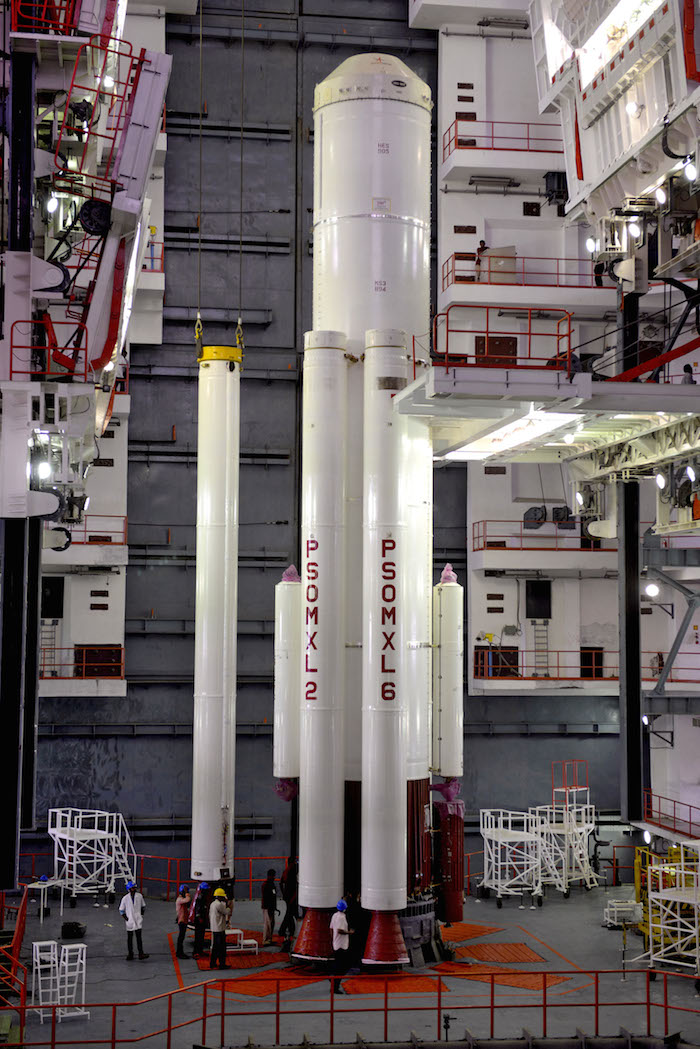
Integration of strap-on motors with PSLV-C34 core stage at Vehicle Assembly Building
.

PSLV-C34 first stage integration in progress
.
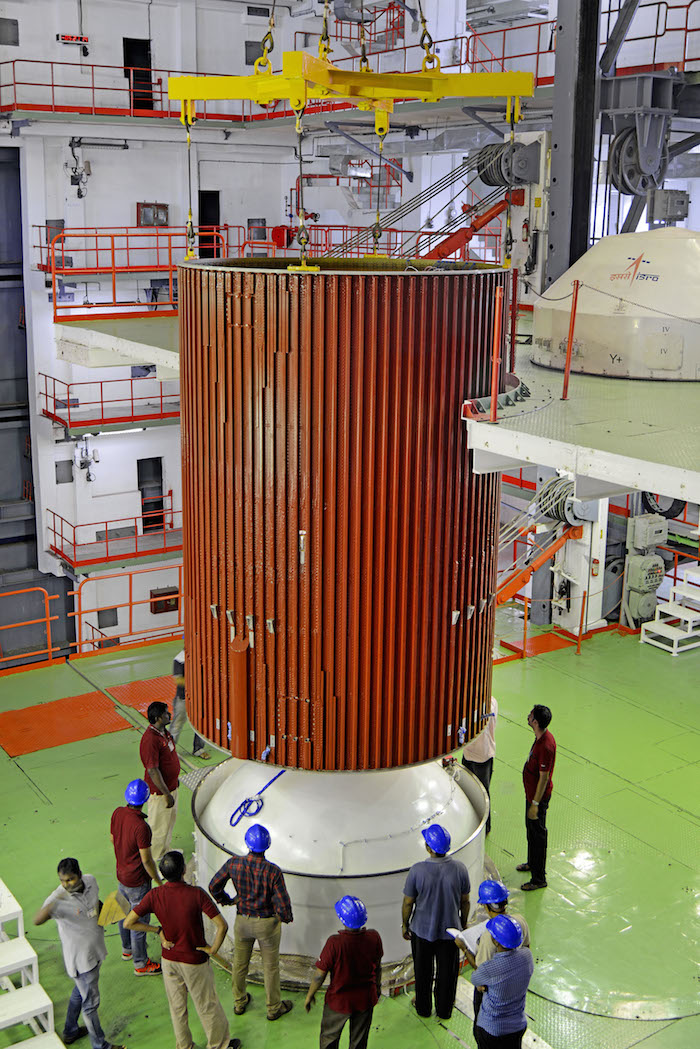
PSLV-C34 second stage integration in progress
.
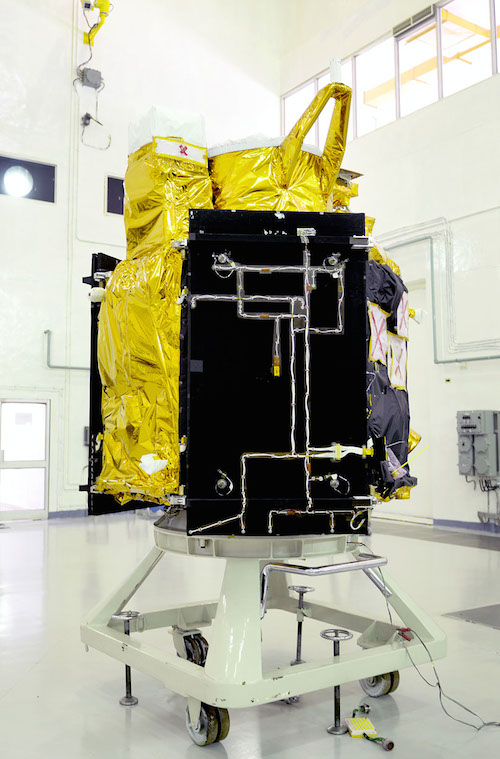
Cartosat-2 Series Satellite in clean room at Sriharikota
.
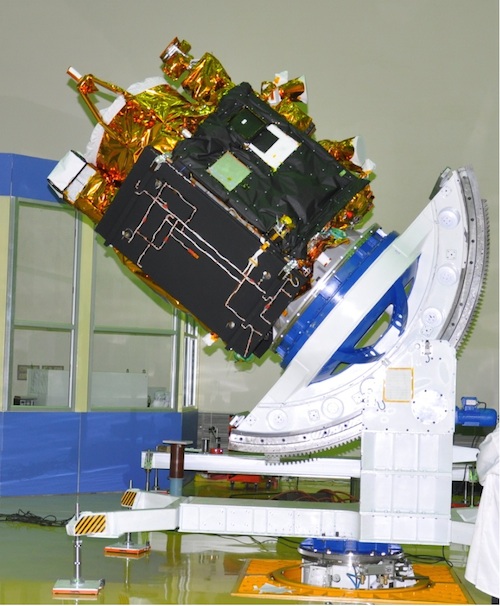
Spacecraft in clean room for Moment of Inertia Measurements
.
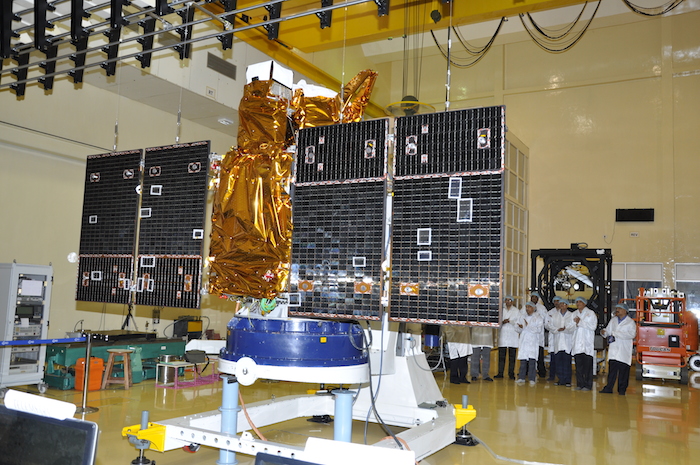
Solar panel deployment test at ISAC Bengaluru
.
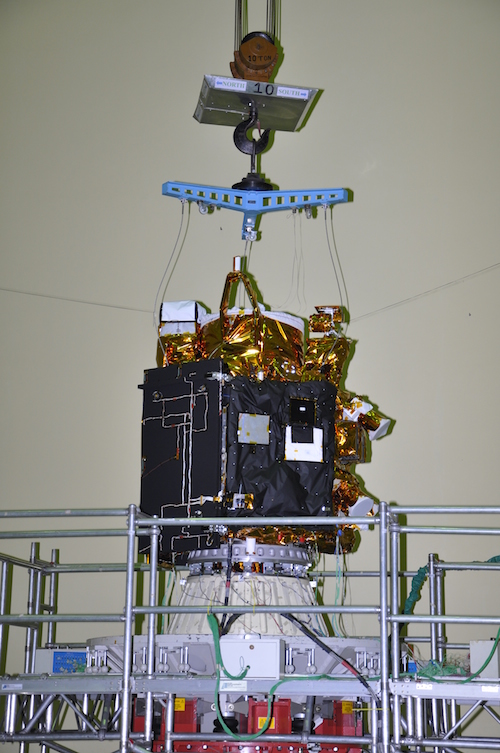
Spacecraft under going Vibration test at ISAC, Bengaluru
Quelle: ISRO
-
Update: 19.06.2016
.
PSLV-C34 with 20 satellites all set for new experiments
The Polar Satellite Launch Vehicle (PSLV-C34), which will lift off at 9.25 a.m. on June 22 from Sriharikota, is an important mission for the Indian Space Research Organisation (ISRO).
The vehicle will not only put 20 satellites into the same orbit — the highest number of satellites to be put into orbit by a PSLV — but it will perform two tricky experiments of the same nature. Fifty minutes after the satellites are injected into the orbit from the fourth stage of the vehicle, its engine will be re-ignited for five seconds. Then it will be shut down for 50 minutes and re-ignited for another five seconds, according to K. Sivan, Director, Vikram Sarabhai Space Centre, Thiruvananthapuram.
Complex manoeuvre
The ISRO wants to master this complex manoeuvre so that it can put multiple satellites into different orbits using the same rocket. A forthcoming PSLV launch will put the ISRO’s SCATSAT-1, meant for forecasting weather and cyclone detection, and a foreign satellite in two different orbits.
On December 16, 2015, after the PSLV-C29’s fourth stage put six Singapore satellites into the same orbit, the ISRO re-started the fourth-stage engine for four seconds. At that time, Dr. Sivan called it a “small experiment” to master the manoeuvre of putting multiple satellites into different orbits with the same vehicle.
On June 22, eight minutes after the PSLV-C34 lifts off, the fourth stage engine will sizzle into life, taking the stage to an altitude of 514 km. The fourth stage engine will be cut off 16 minutes and 30 seconds after the lift-off. Over the next 10 minutes, 20 satellites will be injected into the same orbit from the fourth stage, one after another.
Dr. Sivan said: “After each satellite is injected into orbit, the vehicle will be re-oriented if required and the next satellite will be put into orbit with a varying velocity so that the distance between the satellites grows monotonically. We will do this to ensure that there is no collision of satellites. Then, after a huge gap of 3,000 seconds, PS-4 [the fourth stage] will be re-ignited for five seconds. Then, it will be switched off for another 3,000 seconds. It will be re-ignited for another five seconds.”
On April 28, 2008, the PSLV-C9 deployed 10 satellites, but in the same orbit.
So far so good
P. Kunhikrishnan, Director, Satish Dhawan Space Centre, Sriharikota, said the PSLV-C34, with the 20 satellites, was moved to the launch tower on Saturday morning. “Everything is going on smoothly,” he said.
Quelle: THE HINDU
.
Update: 20.06.2016
.
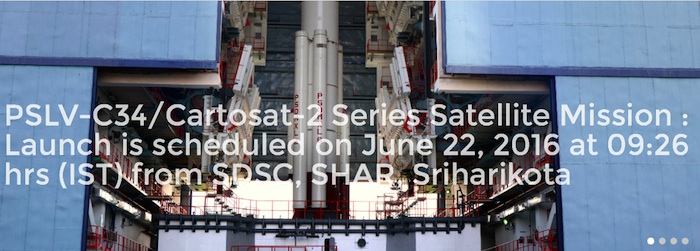
PSLV-C34
India’s Polar Satellite Launch Vehicle, in its thirty sixth flight (PSLV-C34), will launch the 727.5 kg Cartosat-2 series satellite for earth observation and 19 co-passenger satellites together weighing about 560 kg at lift–off into a 505 km polar Sun Synchronous Orbit (SSO). PSLV-C34 will be launched from the Second Launch Pad (SLP) of Satish Dhawan Space Centre (SDSC) SHAR, Sriharikota on June 22, 2016 at 09:26 hrs (IST). It will be the fourteenth flight of PSLV in ‘XL’ configuration (with the use of solid strap-on motors).
The co-passenger satellites are from USA, Canada, Germany and Indonesia as well as two satellites from Indian University/Academic Institute. The total weight of all the 20 satellites carried onboard PSLV-C34 is about 1288 kg.
Quelle: ISRO
-
21.06.2016
-
Startvorbereitung für PSLV-C34
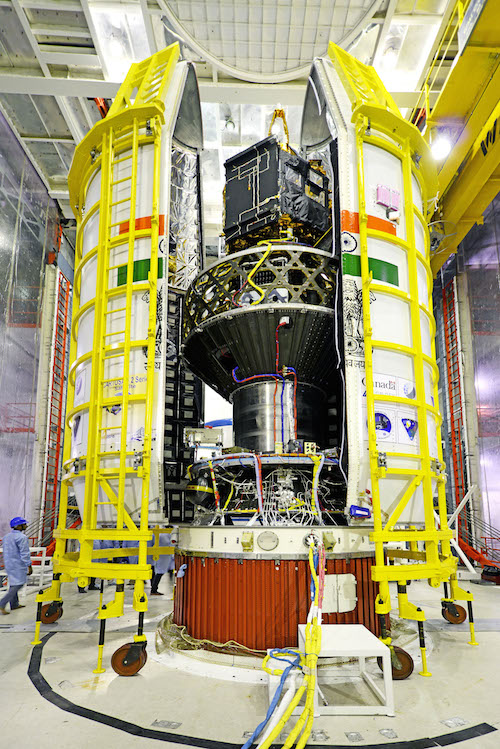
All the 20 Spacecrafts integrated with PSLV-C34 - two halves of the heat shield are seen
.
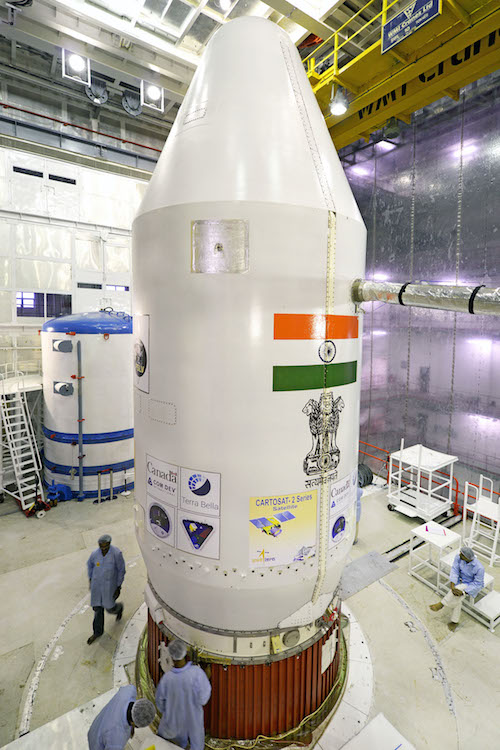
PSLV-C34 Heat-shield closed with all the 20 satellites inside
.
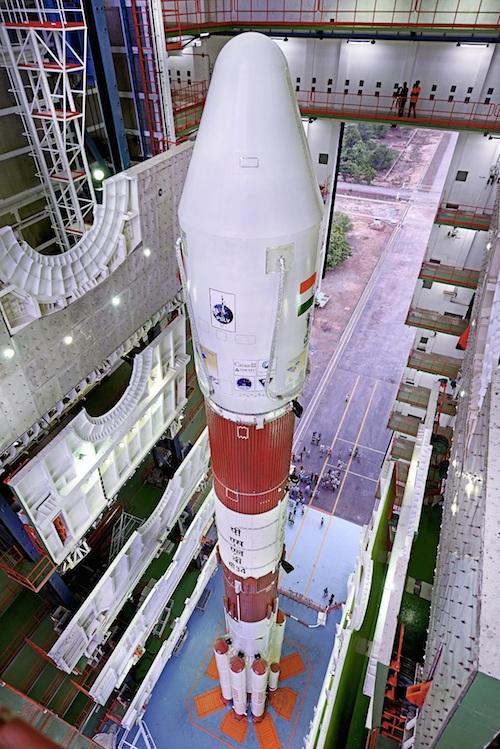
Fully integrated PSLV-C34 at Vehicle Assembly Building
.
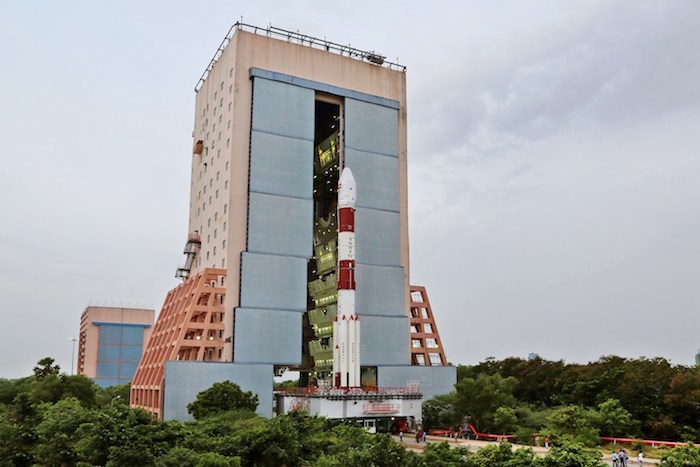
Fully integrated PSLV-C34 with all the Spacecrafts is being moved out of Vehicle assembly building to second launch...
.
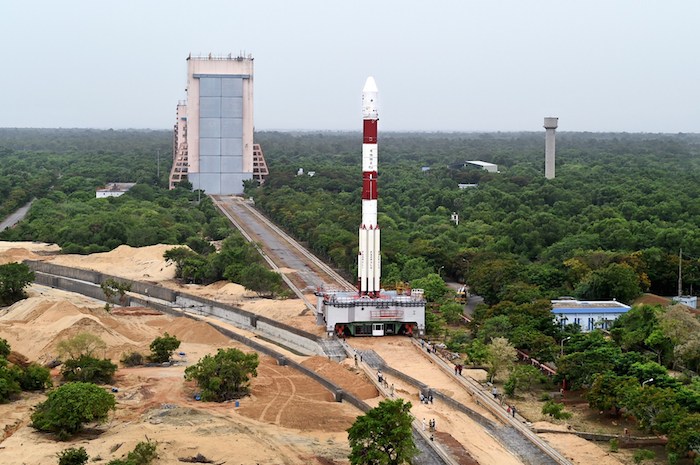
Panoramic View of Fully integrated PSLV-C34 with all the 20 Spacecrafts being moved to second launch pad (SLP)
.
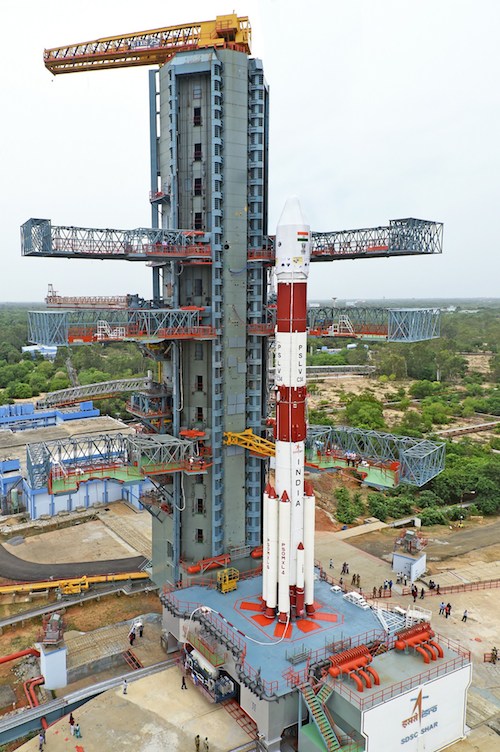
Fully integrated PSLV-C34 with all the 20 Spacecrafts at Second Launch Pad
.
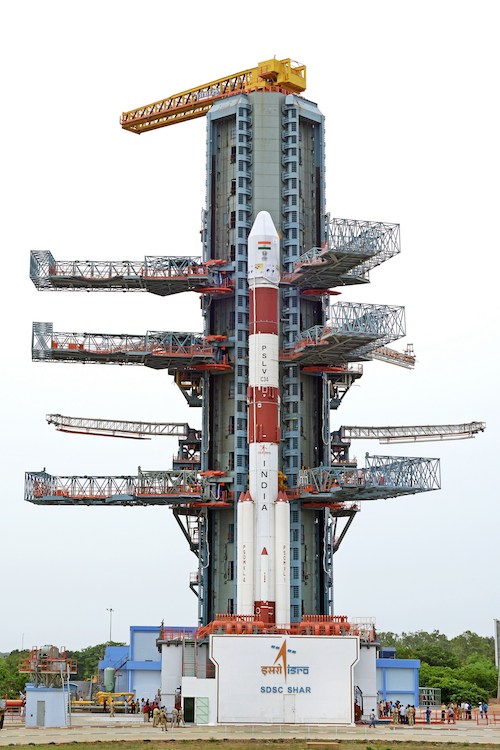
PSLV-C34 on Second Launch Pad
Quelle: ISO
...
Update: 22.06.2016
.
Erfolgreicher Start von ISRO Launch Vehicle, PSLV-C34
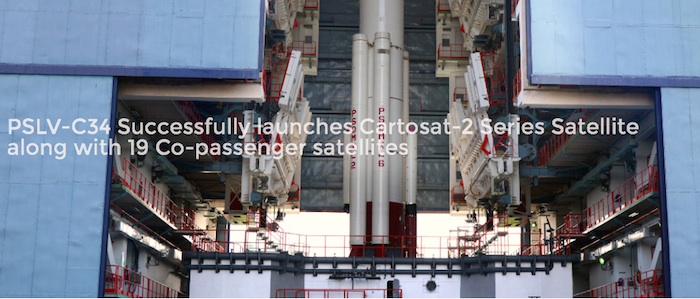
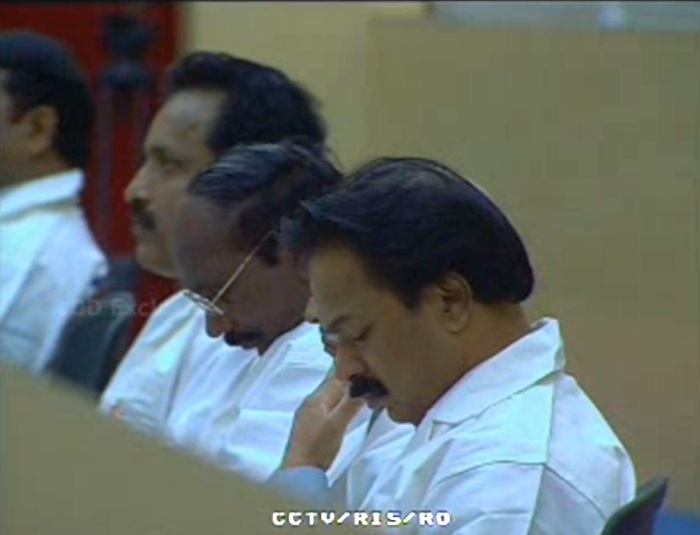
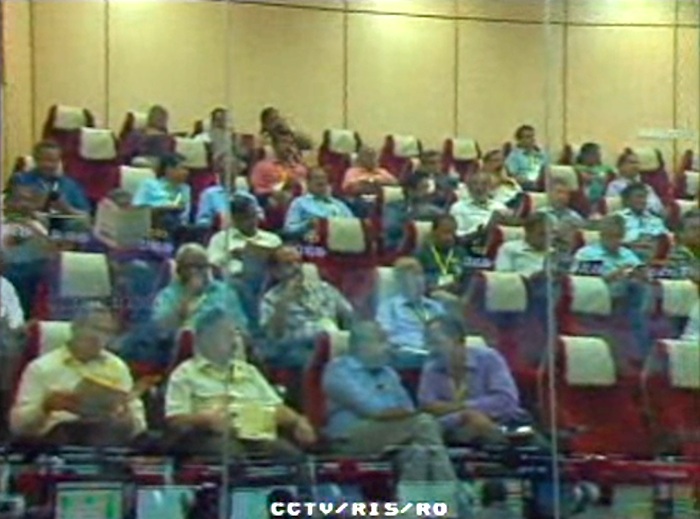
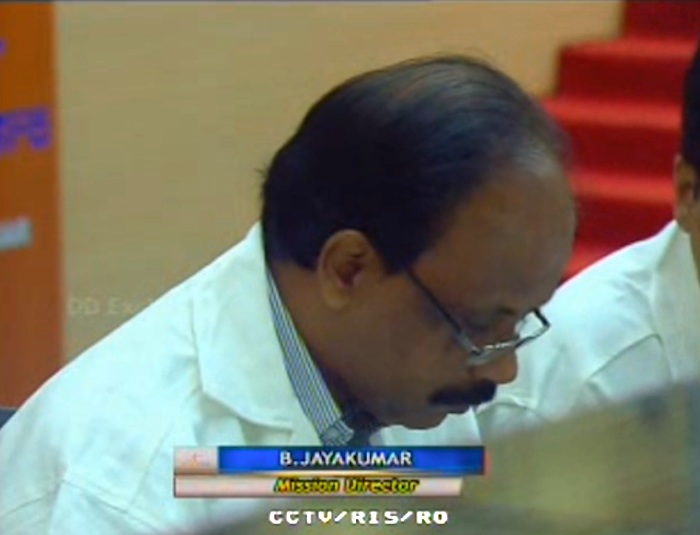
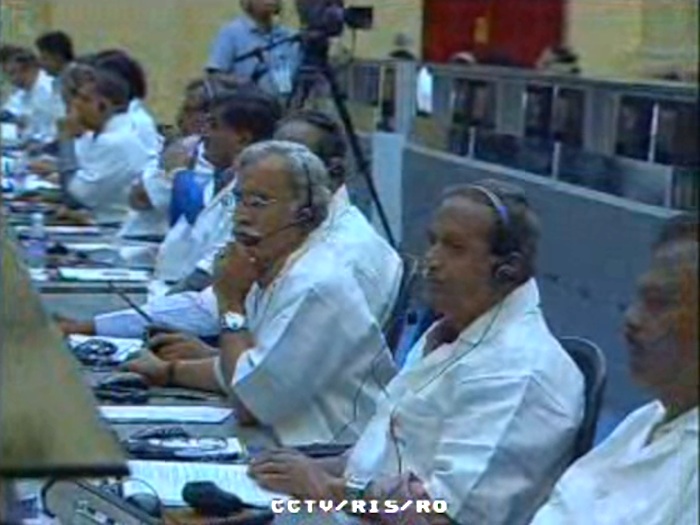
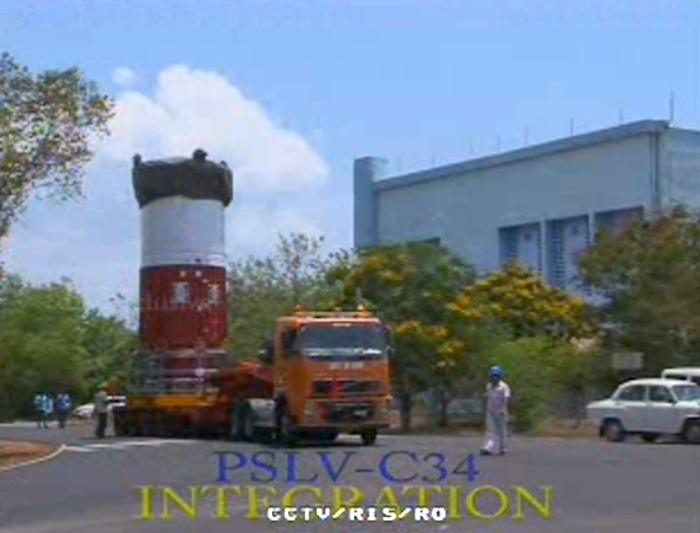
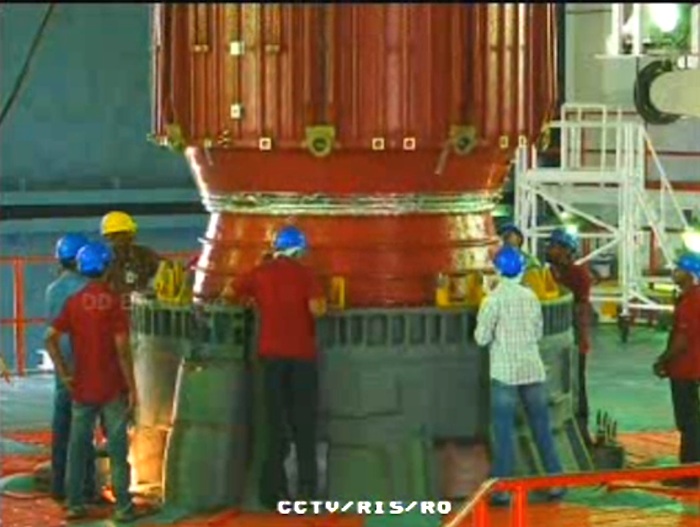

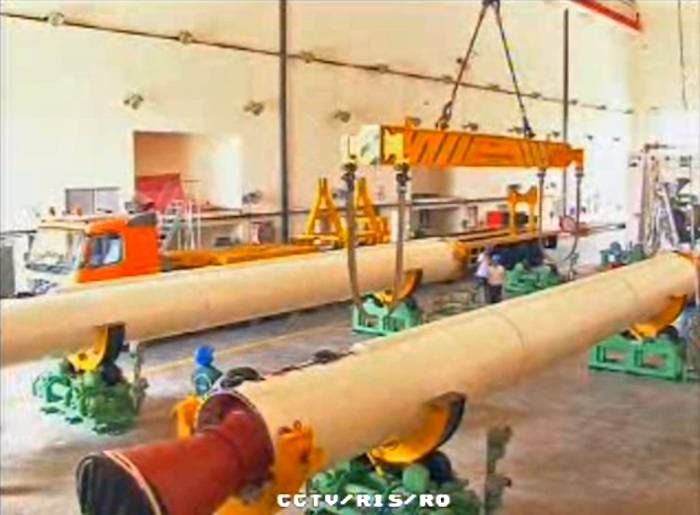
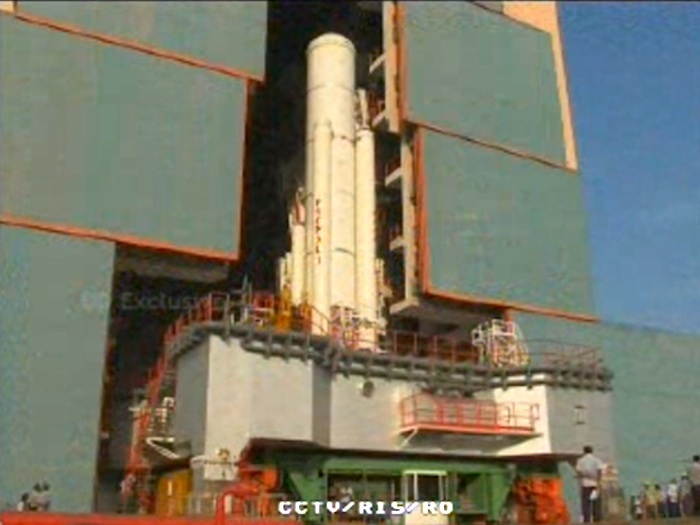
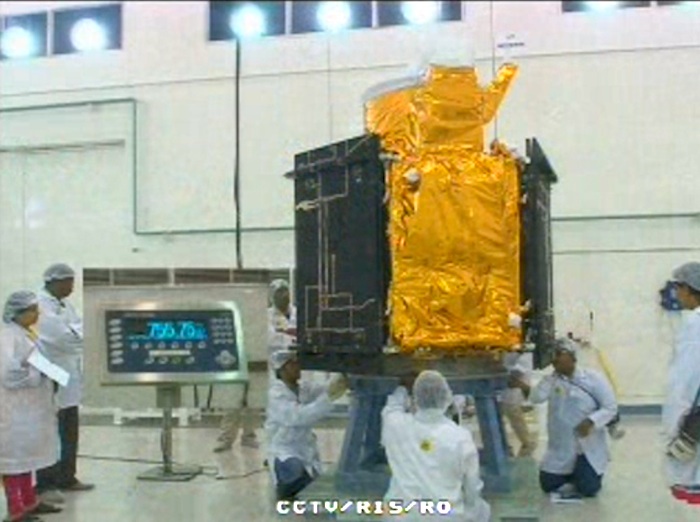

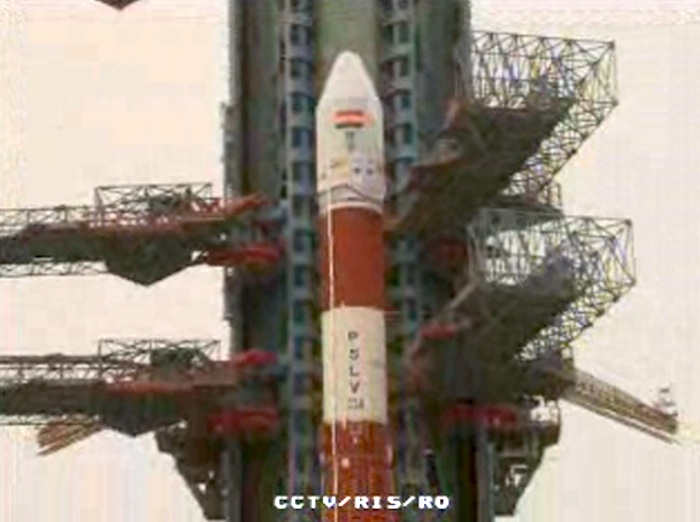
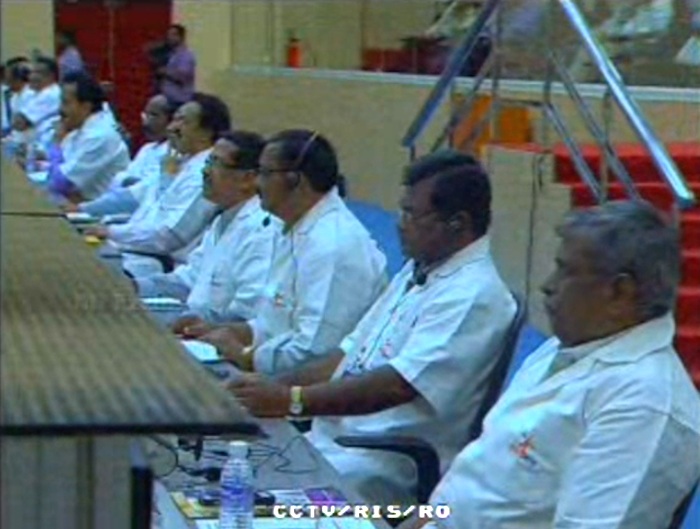
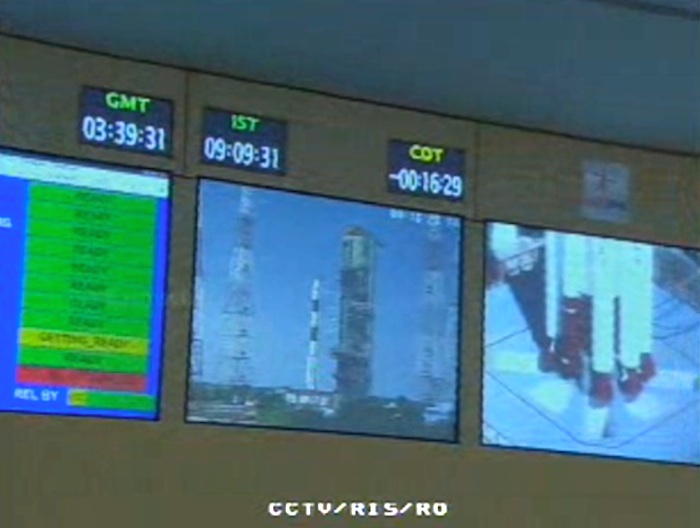
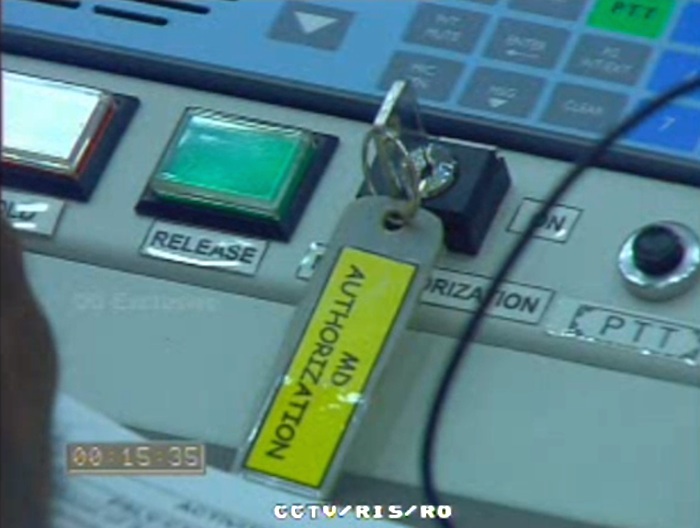
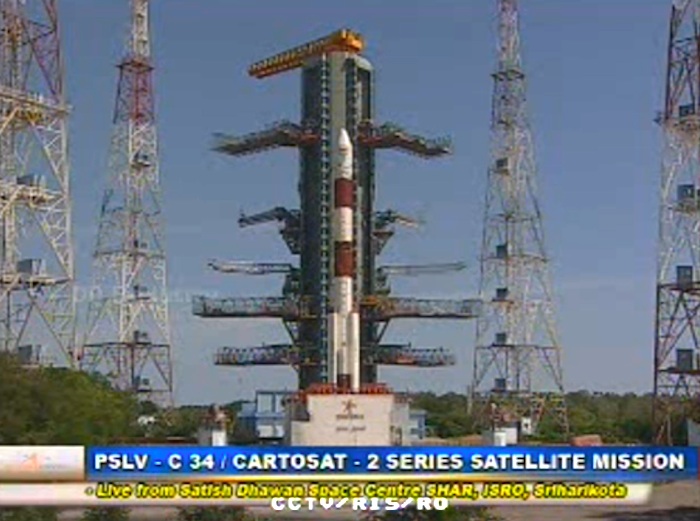
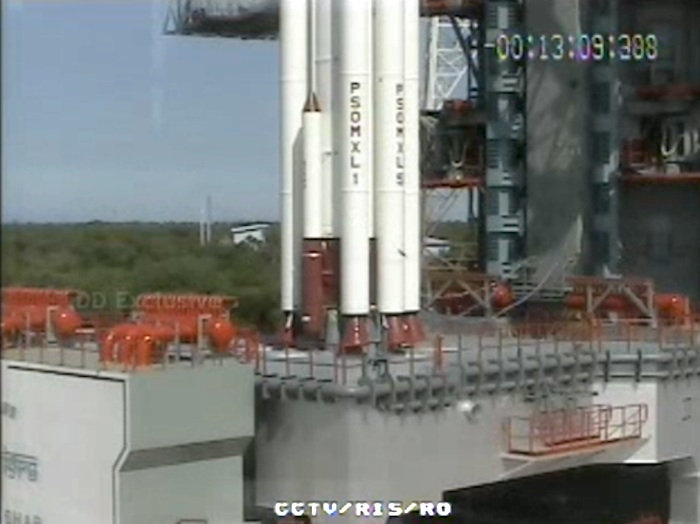
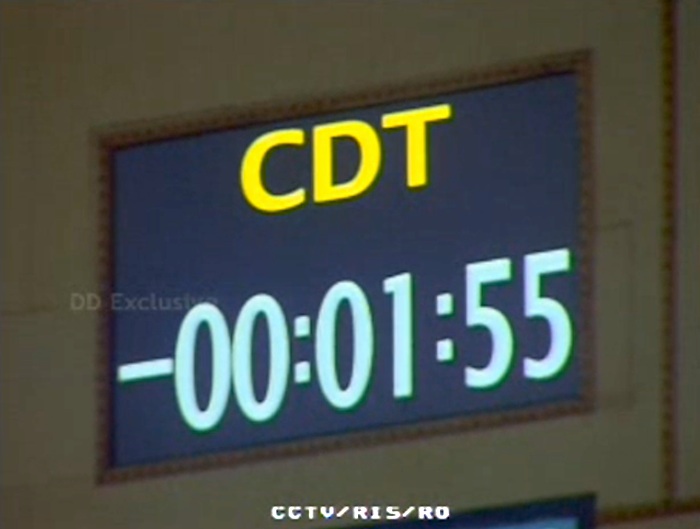
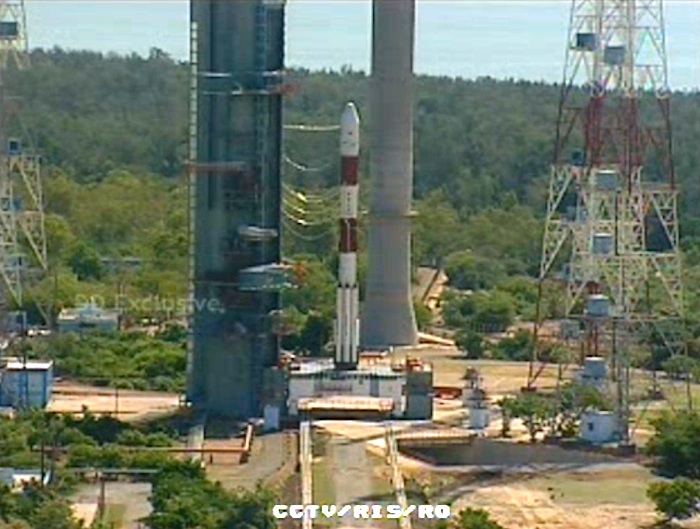
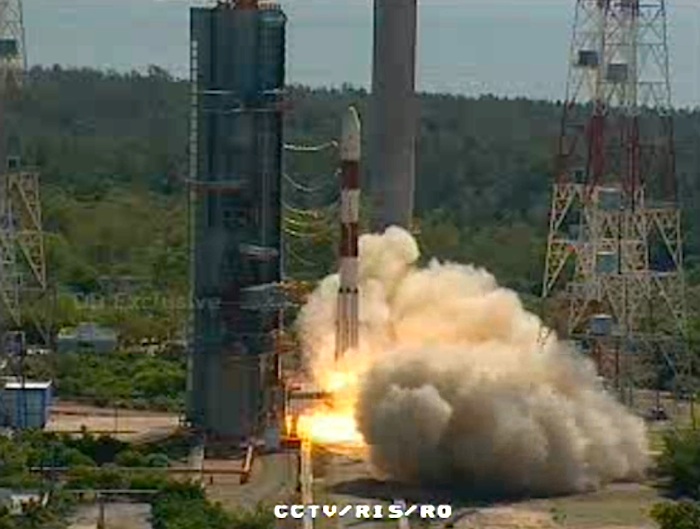
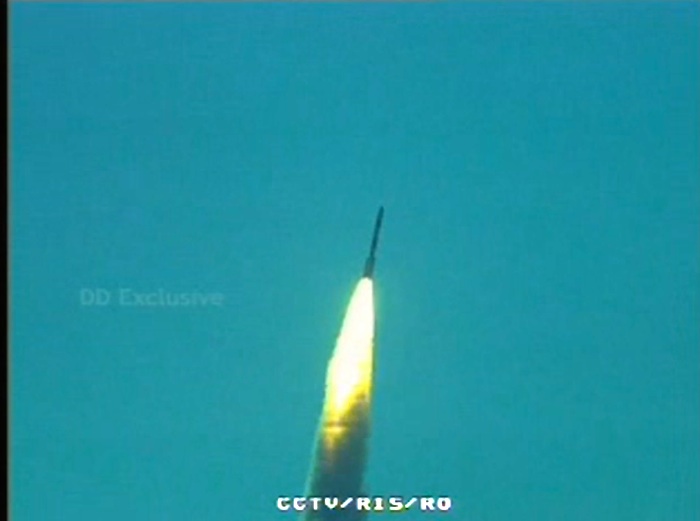
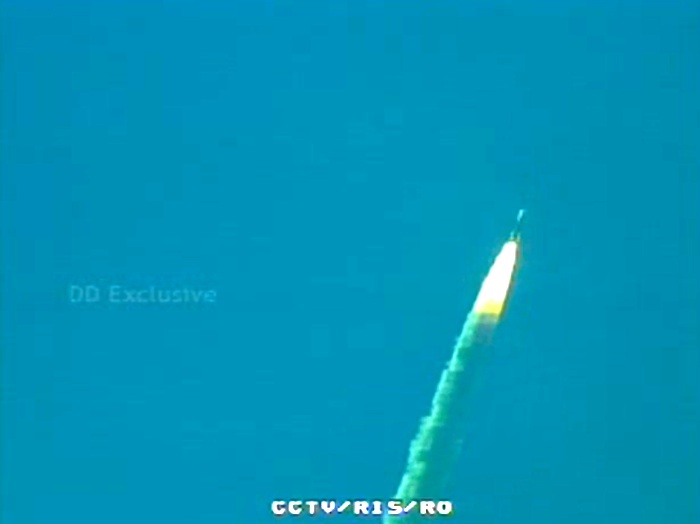
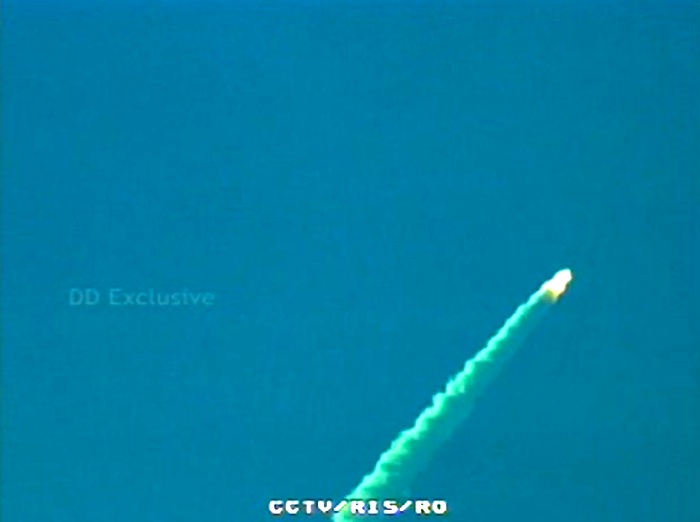
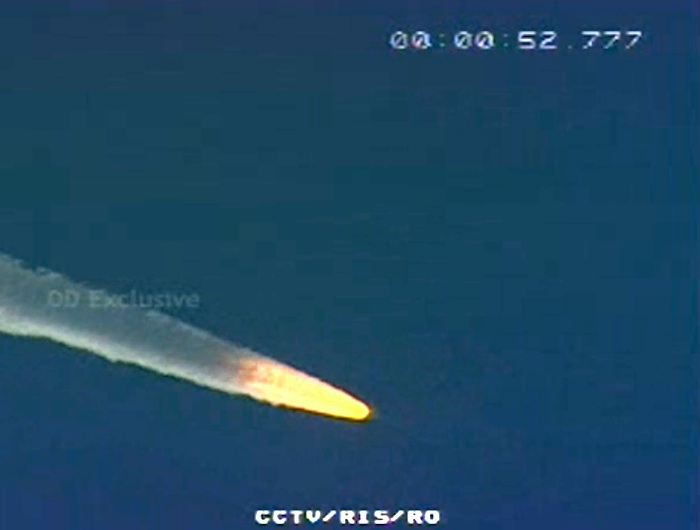
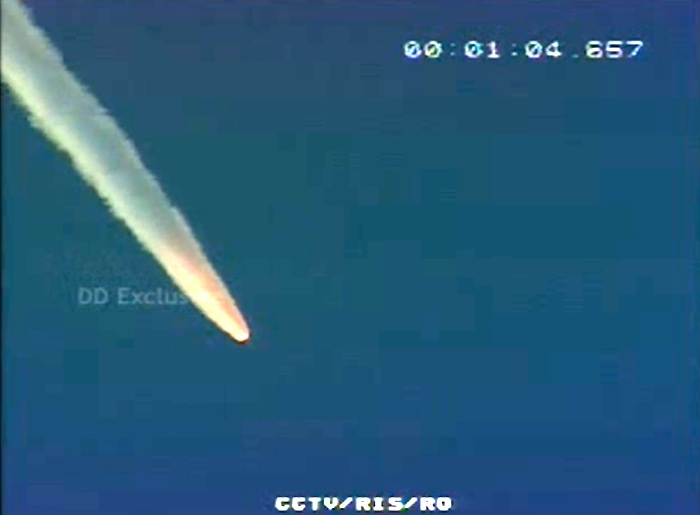
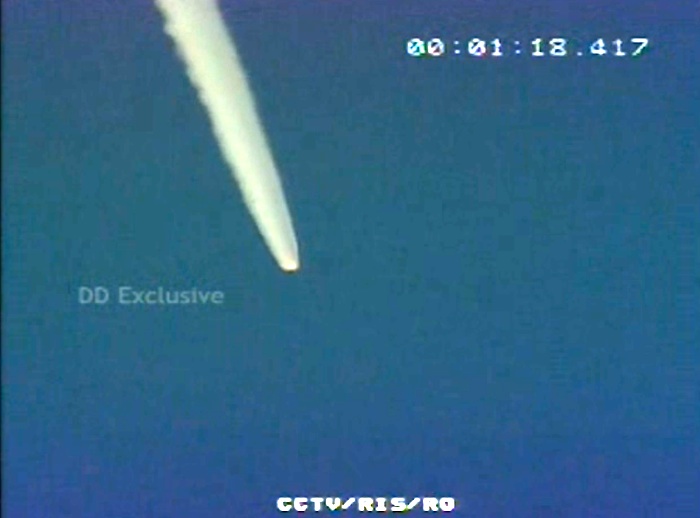

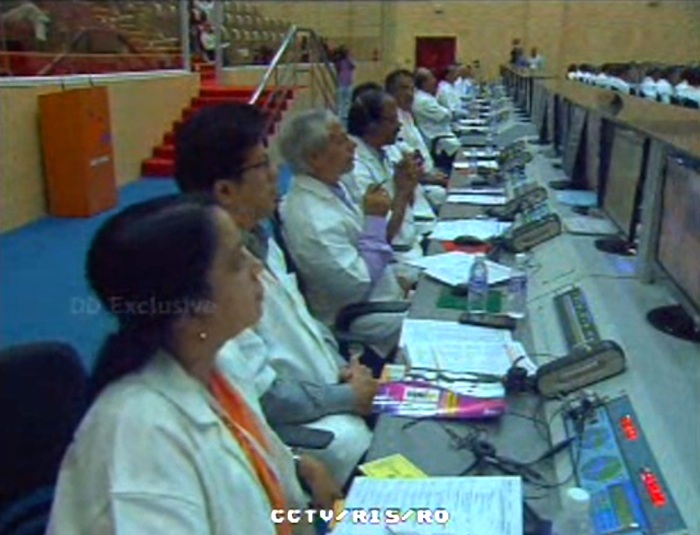
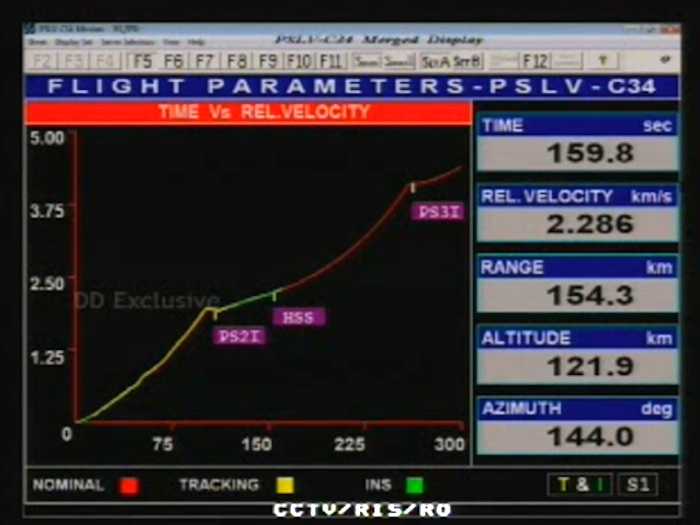
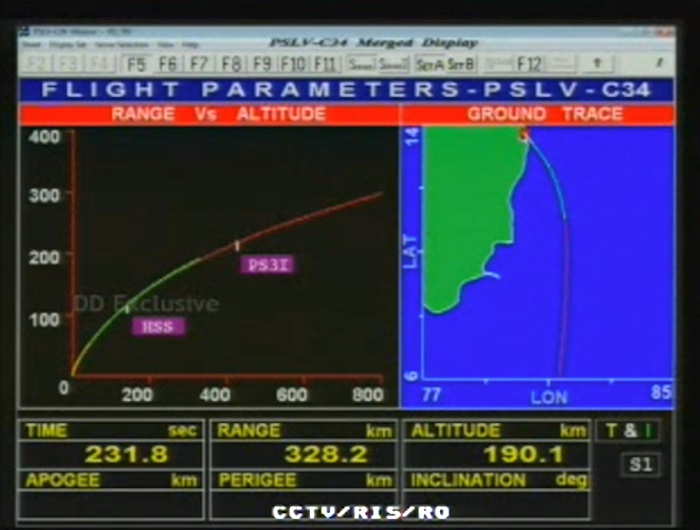
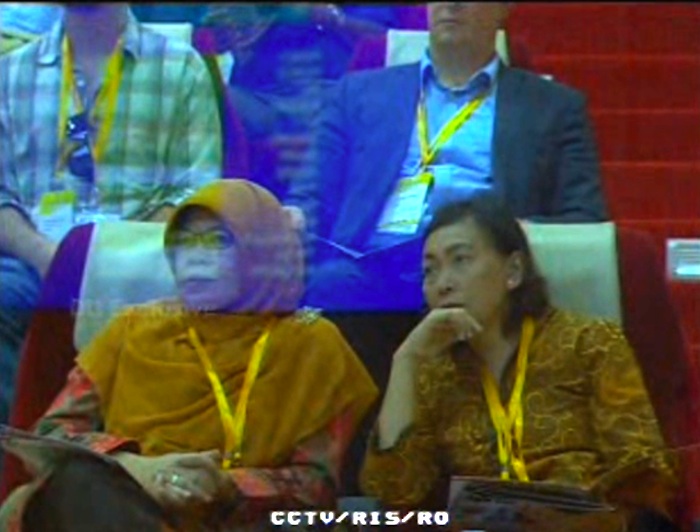
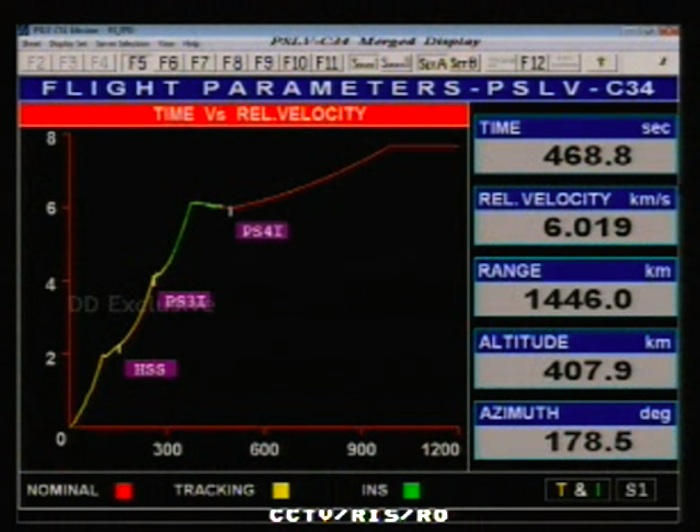
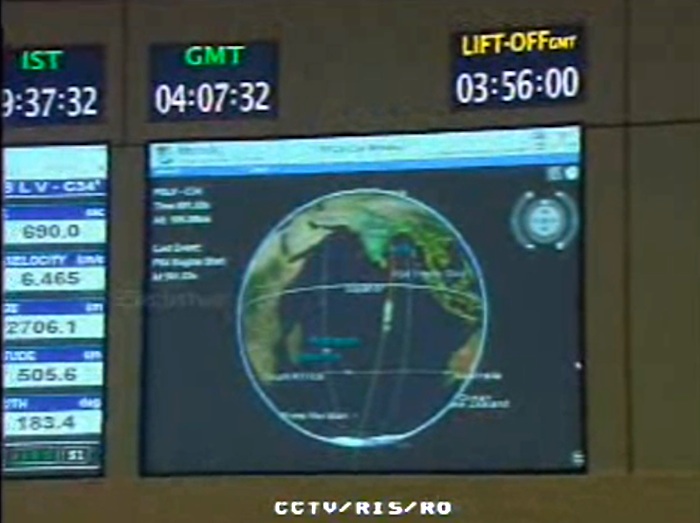
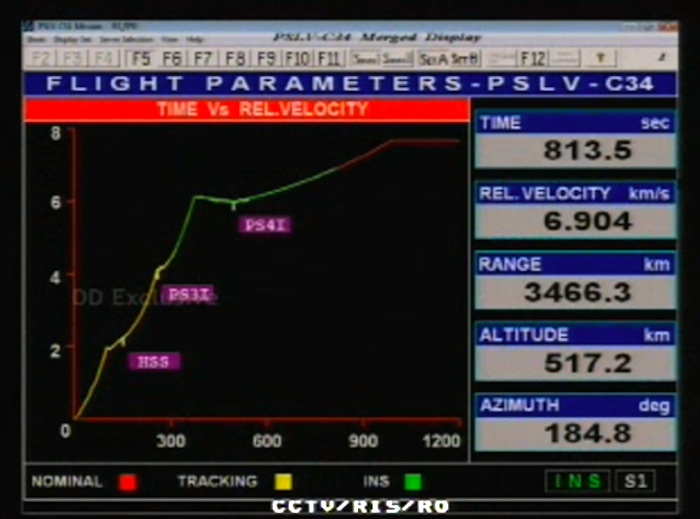
Quelle: ISRO
4883 Views
